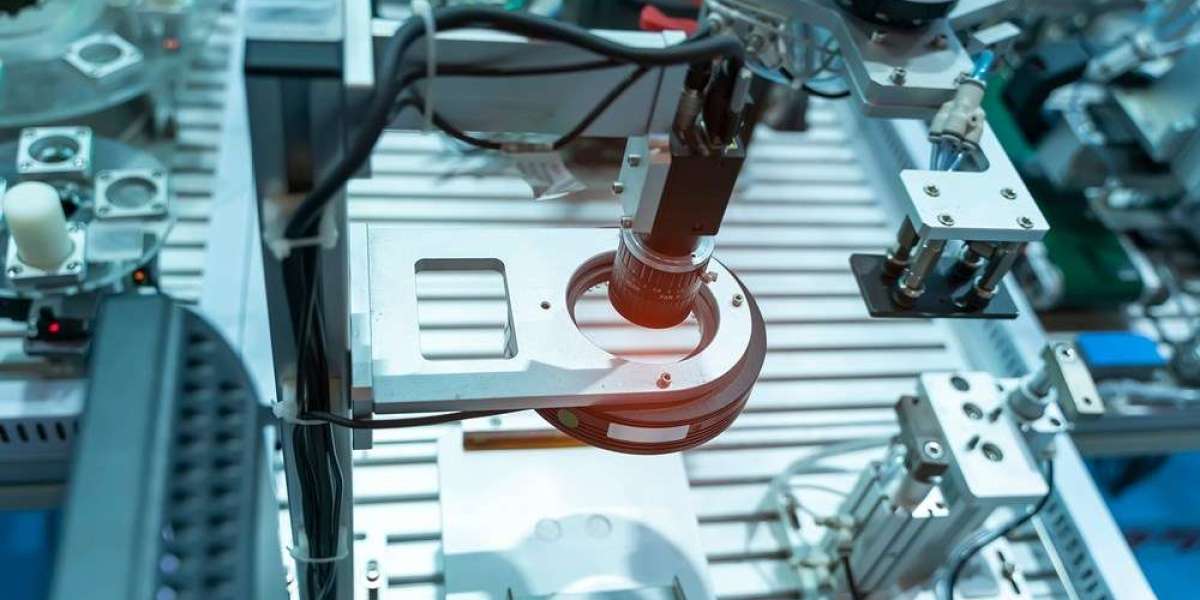Industry Key Highlights
According to TechSci Research report, “India Sensors Market – By Region, Competition, Forecast and Opportunities, 2021-2031F”, India Sensors Market was valued at USD 7.81 Billion in 2025 and is expected to reach USD 13.35 Billion by 2031 with a CAGR of 9.19% during the forecast period. This robust expansion is fueled by growing integration of sensor technologies across multiple industries such as automotive, healthcare, manufacturing, consumer electronics, and infrastructure. With a focus on smarter technologies, real-time data analysis, and digital transformation, sensors are becoming foundational to India's innovation journey.
Request For Sample Copy of Report For More Detailed Market insight: https://www.techsciresearch.com/sample-report.aspx?cid=5078#requestform
The Indian government’s digital initiatives, emphasis on localized manufacturing, and a vibrant startup ecosystem are supporting this surge. Simultaneously, demand from end users—particularly in automotive safety systems, wearable devices, industrial automation, smart homes, and health monitoring—is increasing the need for cost-effective, reliable, and advanced sensors. Rapid urbanization and infrastructural development are creating a ripe environment for sensor-based innovations.
Emerging Trends in India Sensors Market
Sensor Miniaturization and Integration Advancements in nanotechnology and micro-electromechanical systems (MEMS) have enabled the miniaturization of sensors without compromising performance. Devices are now more compact, energy-efficient, and cost-effective. Multi-sensor integration in a single device (such as smartphones combining gyroscopes, accelerometers, and proximity sensors) is driving demand across consumer and industrial applications.
Adoption of Smart Sensors Smart sensors, which combine sensing with embedded processing, communication, and diagnostics capabilities, are witnessing significant uptake. These sensors are essential in IoT ecosystems where real-time feedback, self-diagnostics, and remote monitoring are critical.
Rise of Environmental and Agricultural Sensors In light of environmental challenges and food security, sensors for air quality monitoring, water purity testing, soil condition analysis, and smart irrigation systems are becoming increasingly prevalent. Government-led smart agriculture initiatives are further encouraging sensor usage in rural and semi-urban areas.
Growth of Edge AI and Sensor Fusion Edge computing combined with artificial intelligence is enabling sensors to process data locally. This reduces latency and dependency on cloud processing. Sensor fusion—the combination of data from multiple sensors to produce more accurate outputs—is finding widespread use in autonomous vehicles, robotics, and advanced surveillance.
Biomedical Sensors and Wearables As India's healthcare industry embraces digitization, wearable biosensors, implantable medical devices, and telehealth platforms are evolving rapidly. The convergence of healthtech and sensor technology is redefining diagnostics, chronic disease monitoring, and elder care.
Market Growth Drivers
Digital Transformation and Automation India’s push for Industry 4.0 has intensified automation in manufacturing, logistics, and other key sectors. Sensors play a pivotal role in machine monitoring, quality control, asset tracking, and predictive maintenance, leading to higher productivity and lower downtime.
Healthcare Innovation The healthcare sector’s digitalization, fueled by initiatives like Ayushman Bharat and NDHM, is enabling widespread adoption of medical sensors. Increasing awareness of preventive healthcare, wearable technologies, and remote diagnostics continues to fuel demand.
Automotive Evolution The transition towards connected, autonomous, and electric vehicles is propelling sensor usage. From safety mandates to luxury features, sensors are essential for navigation, battery management, driver assistance, and environmental monitoring.
Major companies operating in the India Sensors Market are:
- Honeywell International Inc.
- Texas Instruments Incorporated
- Bosch Limited
- STMicroelectronics N.V.
- Schneider Electric SE
- Siemens AG
- Omron Corporation
- Analog Devices, Inc.
Customers can also request 10% free customization on this report.
End User Analysis: Automotive Sector Dominance
The automotive sector remains the largest end user of sensors in India. As vehicles become more connected and intelligent, the reliance on sensors has increased exponentially. Modern cars are equipped with over 100 sensors handling safety, performance, and infotainment functions.
Government regulations like BS-VI norms and mandates on ABS and airbags have compelled automakers to integrate multiple sensor systems. The electric vehicle (EV) revolution is further increasing demand for sensors in battery management, energy monitoring, regenerative braking, and smart dashboards.
Connected car technologies such as GPS, LIDAR, RADAR, and ultrasonic sensors are transforming the driving experience while enabling the shift toward autonomous mobility. Additionally, consumer demand for comfort and entertainment systems is leading to higher sensor density per vehicle.
Regional Focus: North India Leads Growth
North India, with cities like Delhi, Gurugram, Noida, Chandigarh, and Lucknow, is emerging as a strategic growth hub for the sensor market. Multiple factors drive this dominance:
Smart Cities Mission: Northern cities are aggressively investing in smart city infrastructure that uses sensors for waste management, traffic monitoring, pollution control, and surveillance.
Industrial Base: Haryana and Punjab boast strong industrial clusters—especially in automotive, textiles, and consumer goods—which are embracing automation and smart manufacturing.
Healthcare and Research Institutions: The region hosts premier healthcare facilities like AIIMS and PGI, which are driving demand for diagnostic sensors and medical automation tools.
Policy Support: The government’s promotion of electronic manufacturing in UP and Haryana, along with PLI schemes, is helping attract sensor production facilities and suppliers.
Digital Connectivity: With rapid penetration of 4G/5G and tech-savvy demographics, North India is an ideal launchpad for consumer electronics, healthtech wearables, and IoT products.
Contact US:
Techsci Research LLC
420 Lexington Avenue, Suite 300,
New York, United States- 10170
Tel: +13322586602
Web: https://www.techsciresearch.com/



